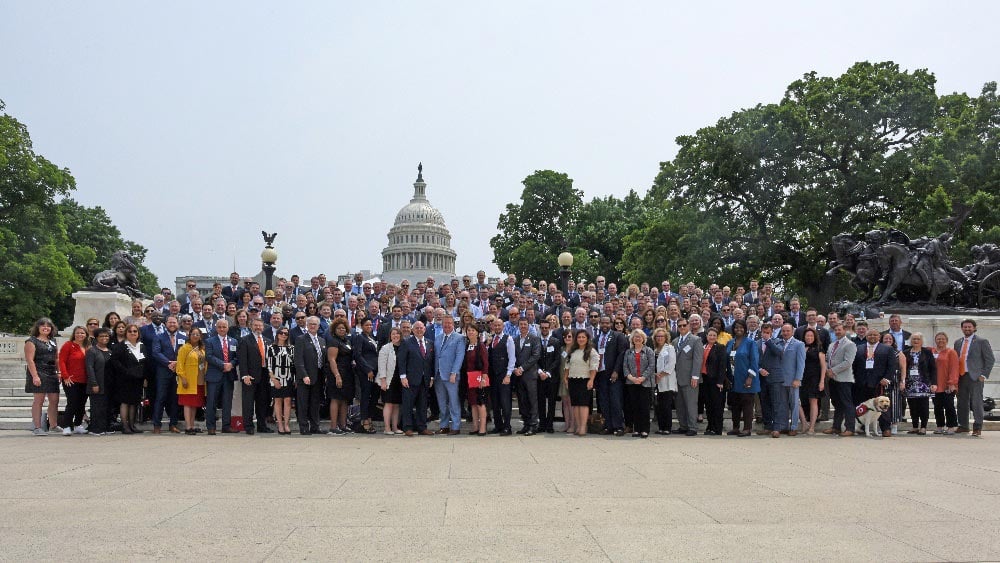You’ve likely heard or seen this statistic: Only 13% of investors choose to work with the same advisor their parents use.
That’s from a 2019 survey by Cerulli Associates. The findings of a 2021 Cerulli survey are a little more promising: Those who said they were willing to stick with their parents’ advisors after inheriting their parents’ wealth was closer to 30%.
However, that still means an overwhelming majority of heirs plan to take their parents’ money and run … to other advisors. And that amount of money is substantial. Cerulli projects that $76.2 trillion in assets—that’s trillion with a T—will be transferred to heirs through 2045.
So what can financial advisors do to prevent this impending wealth transfer from transferring out of their practice to other high-net-worth practices that are courting younger generations?
“Winners of wallet-share will need to be prepared for changes to their business model and open to evolving with the needs of a younger demographic,” Cerulli analyst Chayce Horton said in a press release.
Those changes should include not only communicating with and providing financial education for clients’ adult children but also adding value for the next generation with interactive technology.
Build Relationships Before Wealth Transfer
According to Cerulli, 81% of high-net-worth practices consider family meetings and regular communication to be the most-effective wealth transfer planning strategy. The key, though, is to connect with clients’ children well before they’re likely to inherit their parents’ wealth—and before they’ve hired advisors of their own.
David Russell, a vice president at Argent Financial Group, requires his older clients to invite their adult children to his office for a family meeting to discuss their financial plan and what role they expect their children to play in their finances. These family meetings offer a great opportunity to connect with clients’ children, he says.
However, adult children can find the idea of working with their parents’ advisor awkward because the advisor is loyal to the parents, Russell says. Plus, they might be worried that the advisor will retire soon if the advisor is closer to the parents’ age. The solution, Russell says, is to refer adult children of older clients to a younger advisor in the firm. “Older advisors need to have someone they are mentoring, and they can refer that business to,” he says. “Not having that is a problem.” Why would clients’ kids want to stay on board with your firm if there aren’t advisors their age to work with them?
Offer Cross-generational Financial Education
Russell was prompted to institute family money talks at his firm after realizing that although his clients were prepared for retirement and aging, their families weren’t. “The kids were caught off-guard when they had to get involved,” he says.
Getting families in the same room to discuss not only wealth transfer plans but also care plans is a good place to start. However, advisors can establish themselves as a trusted resource for younger generations by providing them with ongoing financial education. This education can include content—articles shared directly with clients’ children to help them navigate involvement with parents’ finances—as well as webinars or workshops on topics such as family money talks, emergency planning, financial caregiving, and avoiding scams, fraud, and financial exploitation.
Add Value for the Next Generation with New Technology Tools
Fostering family money talks and providing educational content is important for making connections with the adult children of your aging clients. But to win the next generation over, you need to be more than just present. You need to be useful.
One of the best ways to do that is with a smart tool that fosters collaboration among the generations and your practice.
Your clients’ children will likely get involved with their parents’ finances before there is any wealth transfer. In fact, many might already be involved—considering that there are nearly 42 million Americans caring for an adult age 50 or older, according to AARP’s Caregiving in U.S. study. A majority of caregivers find themselves helping their loved ones manage finances, often without the resources to do so.
Fortunately, there is new technology that makes the task of financial caregiving easier.
For example, the Carefull digital platform protects the accounts, credit, identity, passwords, and important documents of wealth management firms’ clients through 24/7 monitoring and a secure digital Vault. Its trusted contacts system allows view-only sharing of need-to-know information with family members. Financial caregivers have all the information they need about their parents’ finances at their fingertips and can rest assured that there’s always a second set of eyes on their parents’ accounts, credit, and identity.
Jeremy Nachtigall, founder of Daily Navigator, uses the Carefull service and has found it’s an effective way to build trust with prospective clients. “To be able to lead a conversation with ‘I can offer you this kind of protection’ is very powerful,” he says.
Being able to provide smart money tools through your practice can help you build stronger relationships with aging clients and make a meaningful impact on their family members who are helping care for them—while helping you win the wealth transfer game.
Cameron Huddleston is the director of education and content at Carefull, the first service built to organize and protect aging adults’ daily finances. She also is the author of Mom and Dad, We Need to Talk: How to Have Essential Conversations With Your Parents About Their Finances. For more information, visit www.getcarefull.com.






.png)


.png?width=300&height=600&name=Tax%20Talk%20Graphic%20-%20email%20tower%20(300%20x%20600%20px).png)
